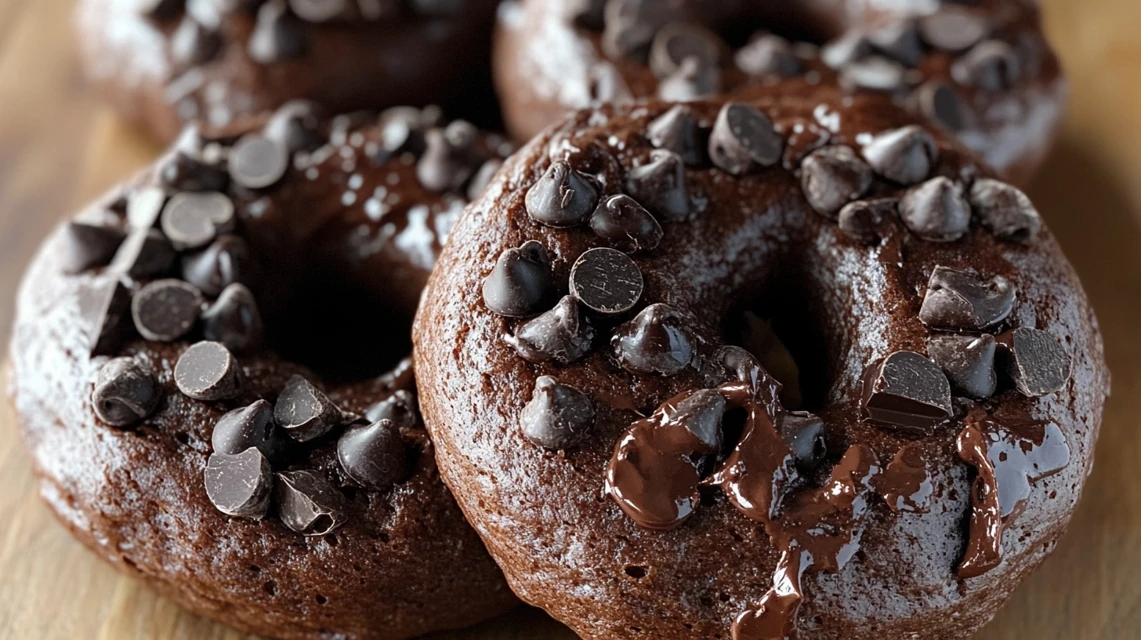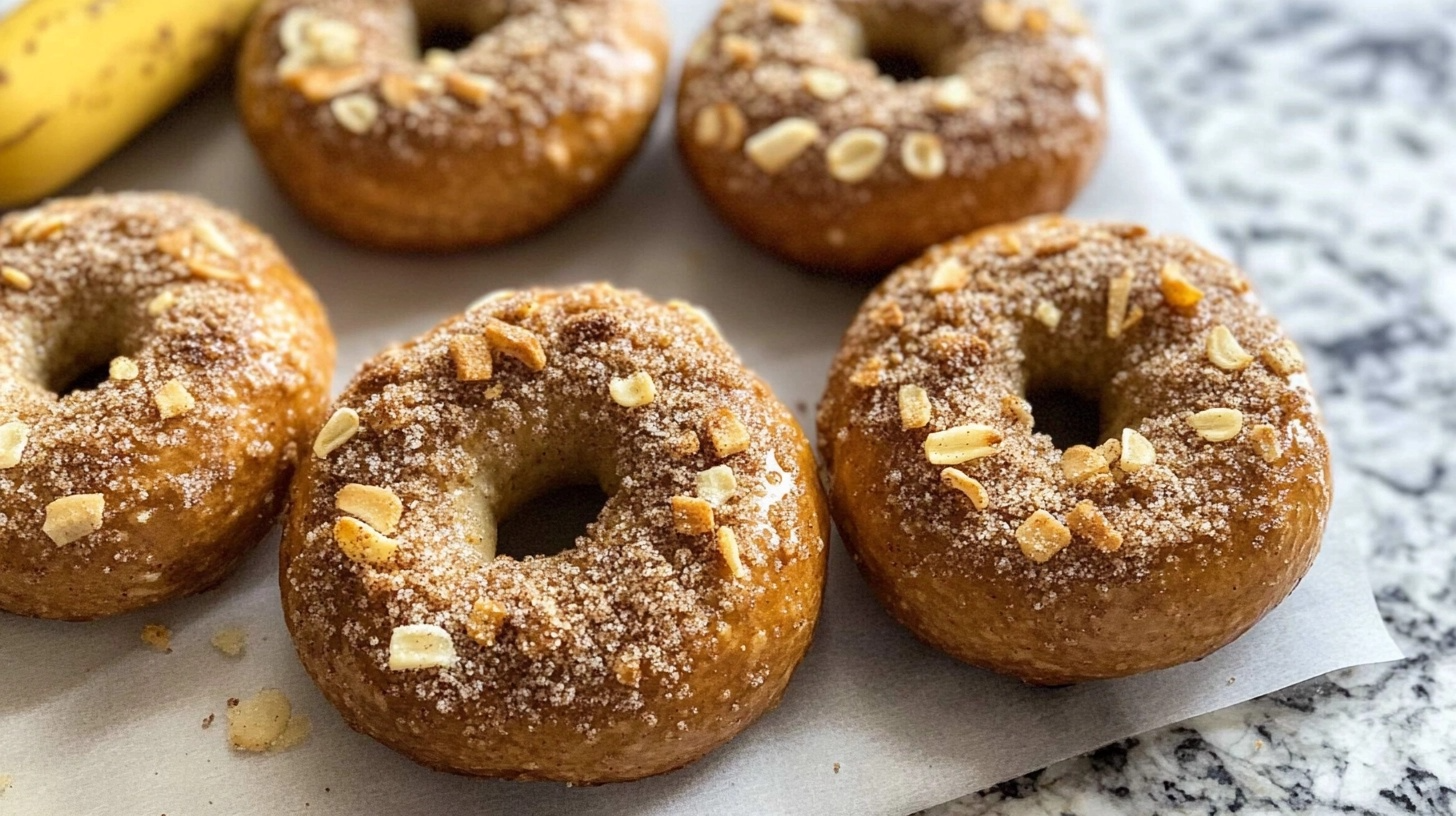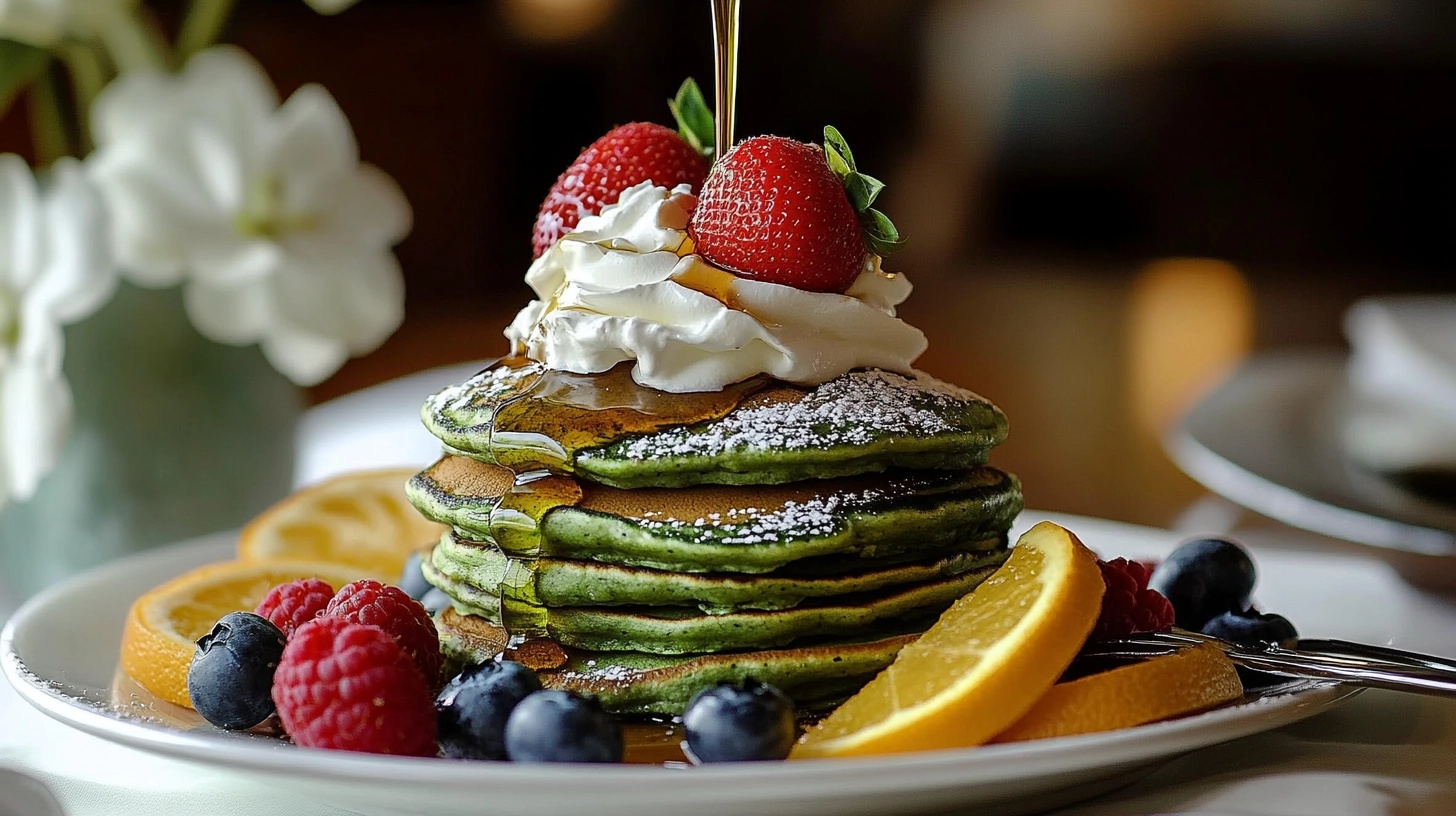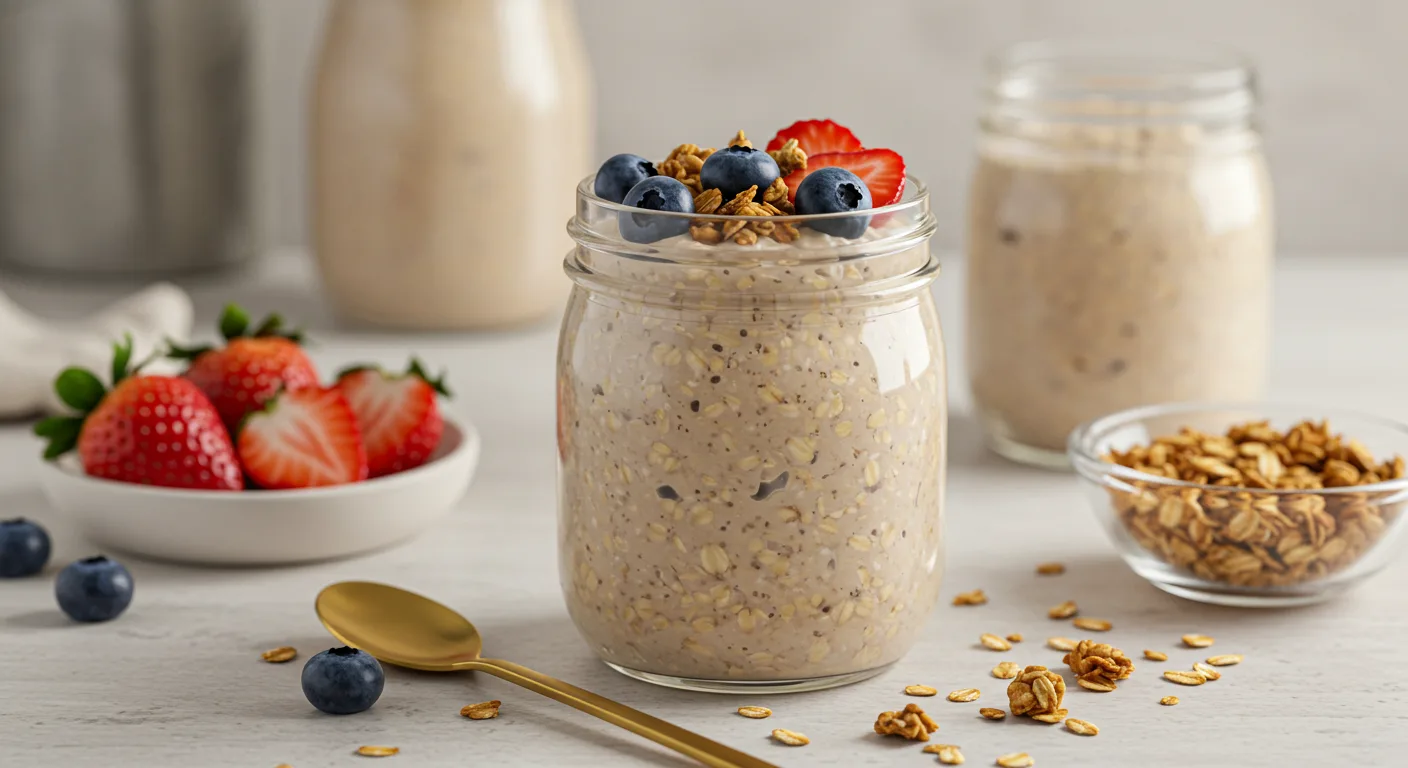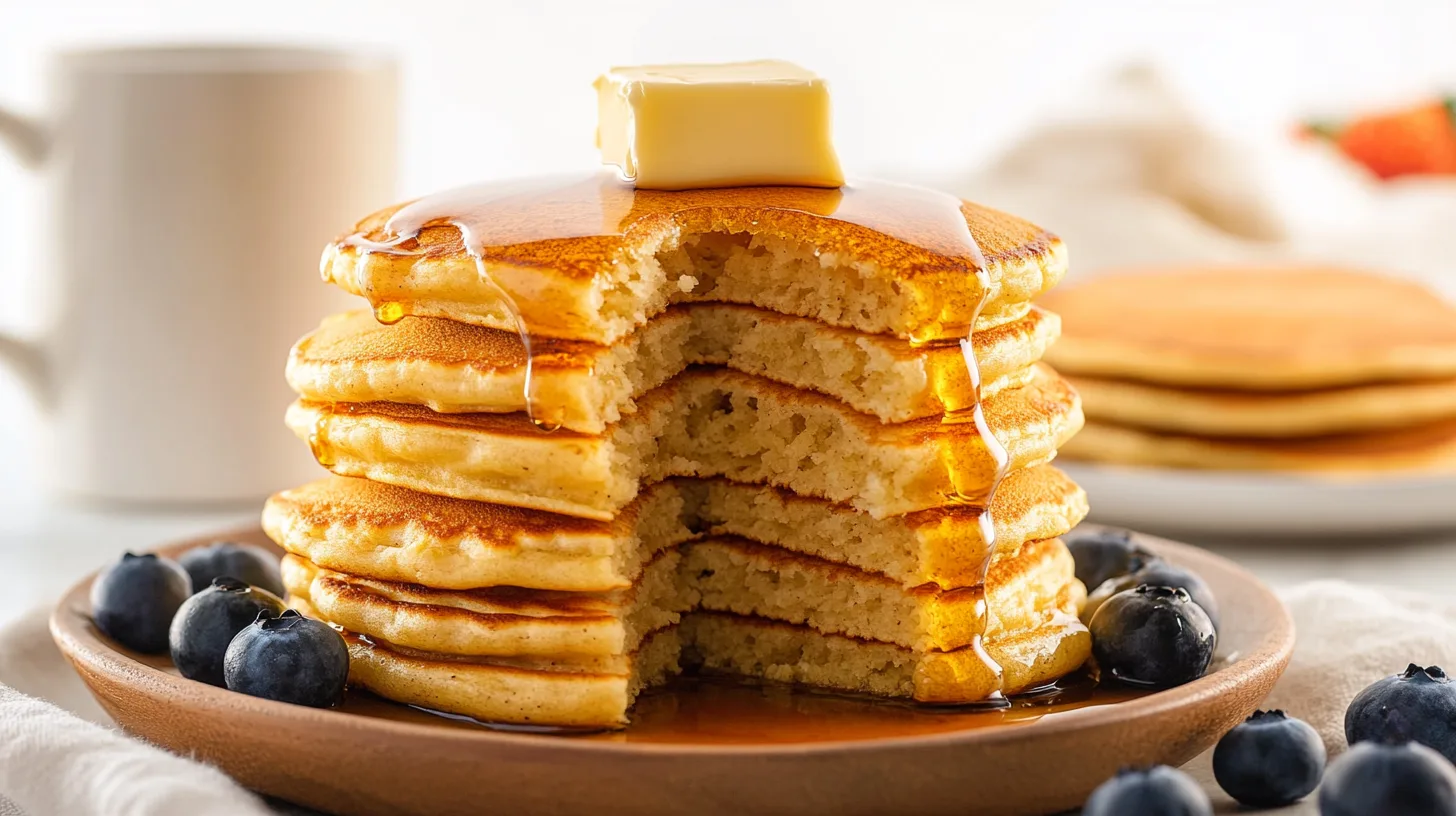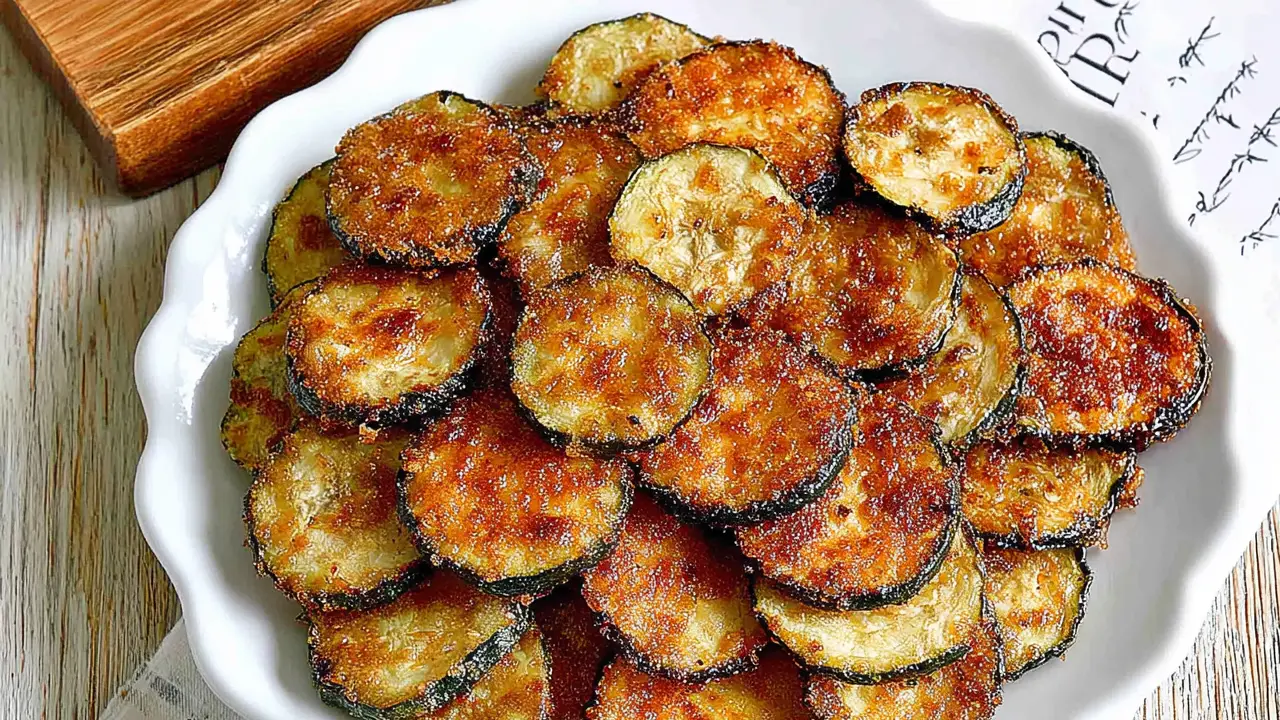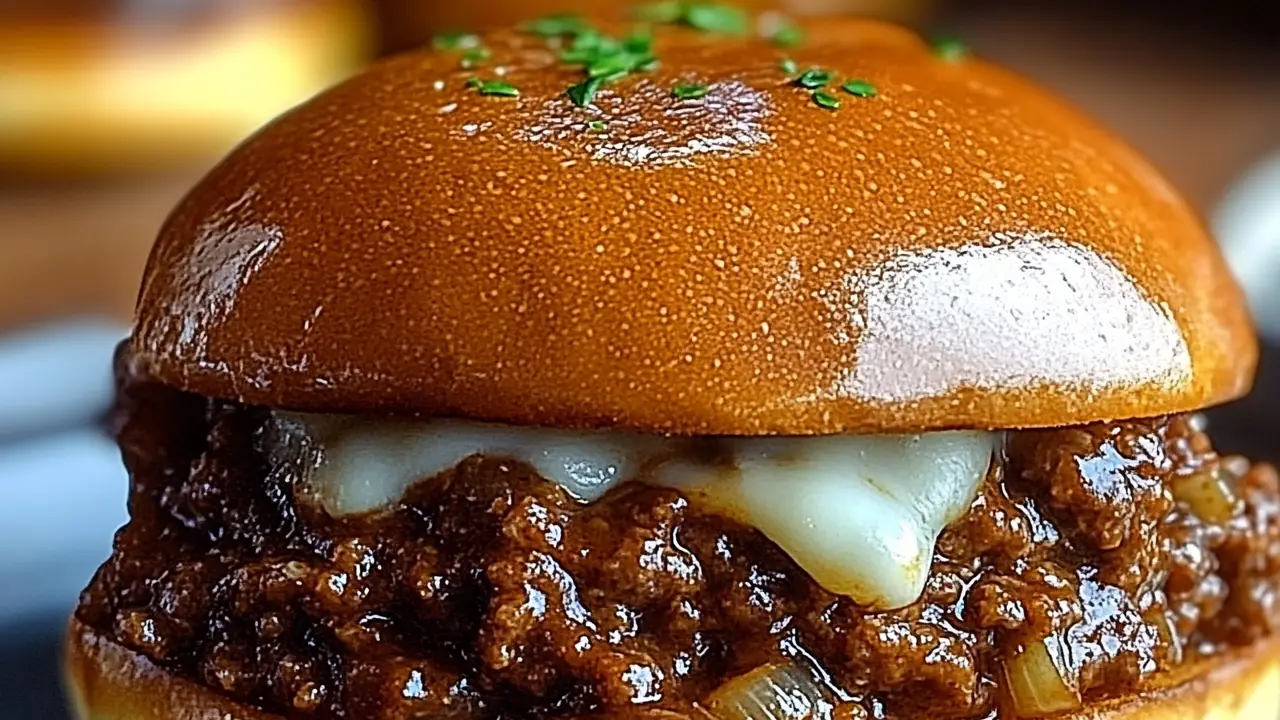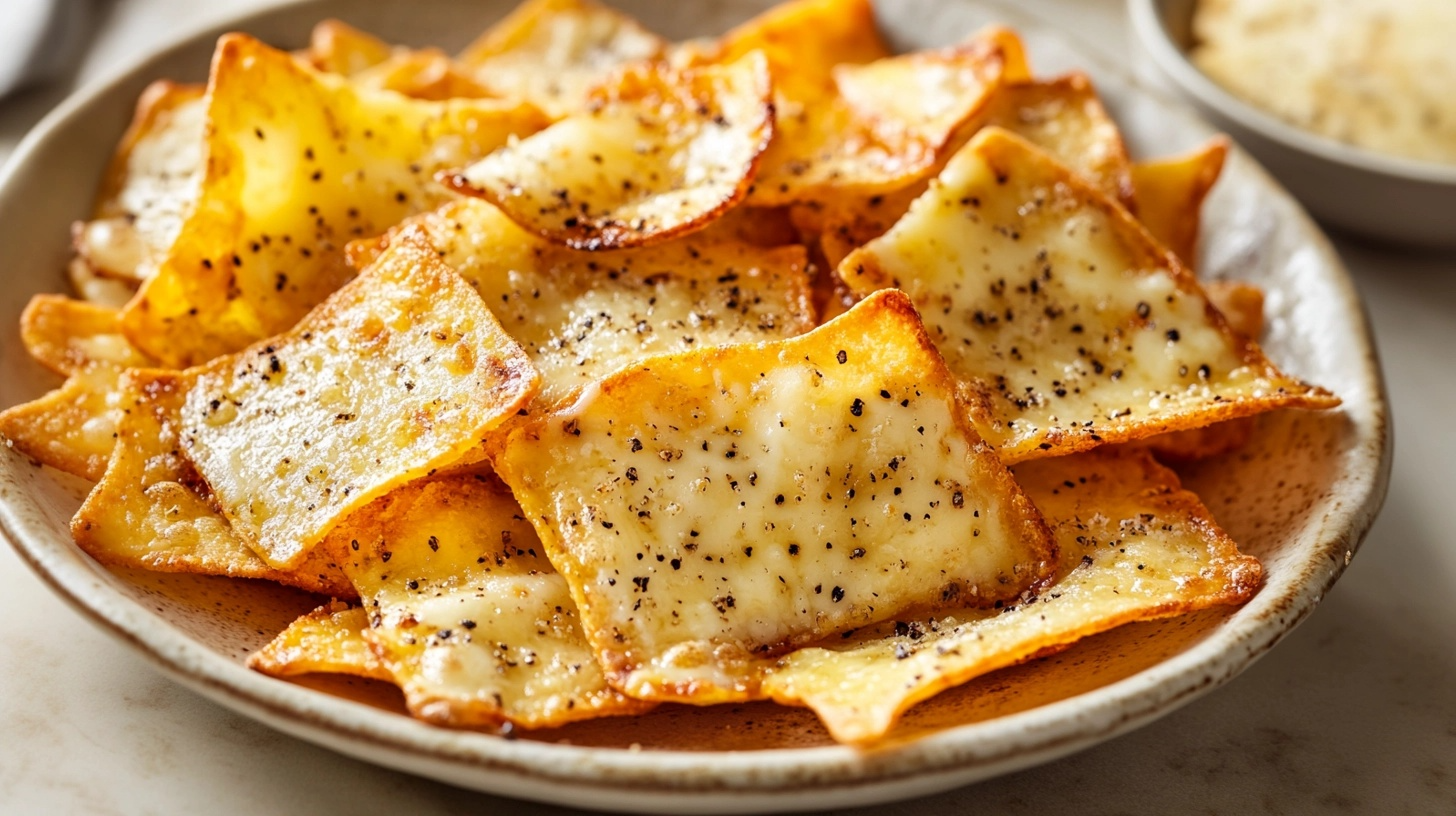Have you ever bitten into something so buttery, flaky, and delicious that you had to pause and say, “Wow”? Well, that’s the magic of croissant cookies! They’re the perfect hybrid dessert—combining the delicate, layered texture of a croissant with the bite-sized sweetness of a cookie. It’s like a mini miracle baked into every bite.
These treats are a hit for anyone looking to elevate their cookie game. Whether you’re a seasoned baker or just starting out, croissant cookies are a fun and rewarding challenge. But don’t worry, we’re here to make the process as simple (and enjoyable) as possible.
In this article, we’ll take you step-by-step through the process of creating these beauties. From the essential ingredients and tools to flavor variations and storage tips, we’ve got you covered. Plus, we’ll sprinkle in some pro tips and fun anecdotes along the way.
Table of Contents
Why Croissant Cookies Are a Must-Try Dessert
Let’s face it: plain cookies are great, but sometimes you want something that feels, well, extra. Croissant cookies bring together the best of both worlds—the rich, buttery taste of croissants and the sweet, satisfying crunch of cookies. Perfect for holidays, afternoon tea, or just an indulgent snack, they’re bound to impress anyone who tries them.
What makes them stand out? It’s all about the layers! Each cookie has that signature croissant flakiness, achieved through careful lamination of the dough. Trust me, once you’ve mastered this technique, you’ll never look at cookies the same way again.
Why Croissant Cookies Are a Must-Try Dessert
Let’s face it: plain cookies are great, but sometimes you want something that feels, well, extra. Croissant cookies bring together the best of both worlds—the rich, buttery taste of croissants and the sweet, satisfying crunch of cookies. Perfect for holidays, afternoon tea, or just an indulgent snack, they’re bound to impress anyone who tries them.
What makes them stand out? It’s all about the layers! Each cookie has that signature croissant flakiness, achieved through careful lamination of the dough. Trust me, once you’ve mastered this technique, you’ll never look at cookies the same way again.
A Gourmet Delight for Any Occasion
Croissant cookies are more than just a dessert—they’re a statement piece on any table. Their elegant, layered appearance makes them ideal for gifting during the holiday season or impressing guests at a dinner party. Wrap them in decorative boxes or serve them alongside complementary desserts like honey-peach cream cheese cupcakes for a stunning presentation.
The Ultimate Snack Upgrade
For those quiet afternoons when you’re craving something indulgent, these cookies hit the sweet spot. Their flaky layers combined with customizable fillings make them endlessly versatile. Whether paired with a cup of tea or enjoyed on their own, croissant cookies elevate snack time to a luxurious experience.
What Is a Croissant Cookie and Essential Ingredients
Let’s uncover the story behind croissant cookies and dive into the must-have ingredients to make these delicious treats.
What Is a Croissant Cookie?
Imagine the light, buttery layers of a croissant and the delightful crunch of a cookie coming together—voilà, the croissant cookie is born! This hybrid dessert is a modern twist on traditional pastries, combining techniques from French patisserie with the simplicity of cookie baking.
The hallmark of a croissant cookie is its lamination—the process of folding butter into the dough to create thin, flaky layers. These cookies are typically smaller and more manageable than a full-sized croissant, making them perfect for sharing or enjoying as an indulgent snack. They’re often filled with sweet or savory ingredients, from chocolate and almond paste to cheese and herbs.
A Quick History: While croissant cookies are a relatively new invention, they draw inspiration from the centuries-old art of French baking. They’re thought to have emerged as bakers experimented with turning croissant dough into bite-sized delights, ideal for modern tastes and on-the-go lifestyles.
Essential Ingredients for Croissant Cookies
To make the perfect croissant cookies, you’ll need a few key ingredients that work together to create their signature taste and texture:
- Flour: All-purpose flour is versatile and works beautifully for this recipe. For an even flakier texture, consider blending it with pastry flour to strike the perfect balance between strength and tenderness.
- Butter: The cornerstone of any laminated dough, butter is what creates those heavenly layers. Opt for unsalted, high-fat butter (European-style is ideal) to ensure rich flavor and excellent structure.
- Sugar: Granulated sugar adds sweetness, but experimenting with brown sugar can introduce a deeper, caramel-like flavor.
- Salt: A small amount of salt enhances the flavors, balancing the sweetness and complementing the buttery richness.
- Yeast: For authentic croissant cookies, yeast helps the dough rise and develop its airy, layered texture. If you’re short on time, baking powder can serve as an alternative, though it won’t yield the same results.
- Optional Fillings: The beauty of croissant cookies lies in their versatility. Fill them with chocolate, fruit jams, almond paste, or even savory options like cheese and herbs.
For more inspiration, explore cranberry orange scones to see how buttery dough can pair with zesty fruit flavors.
Why Quality Ingredients Matter
You’ve probably heard the phrase, “You get out what you put in.” Well, that couldn’t be more true for croissant cookies. Using fresh, high-quality ingredients—especially butter—makes all the difference. Cheap butter, for example, may contain more water, which can compromise the flakiness of your cookies.
So, if you’re going to splurge on one thing, let it be the butter!
Step-by-Step Guide to Making Croissant Cookies
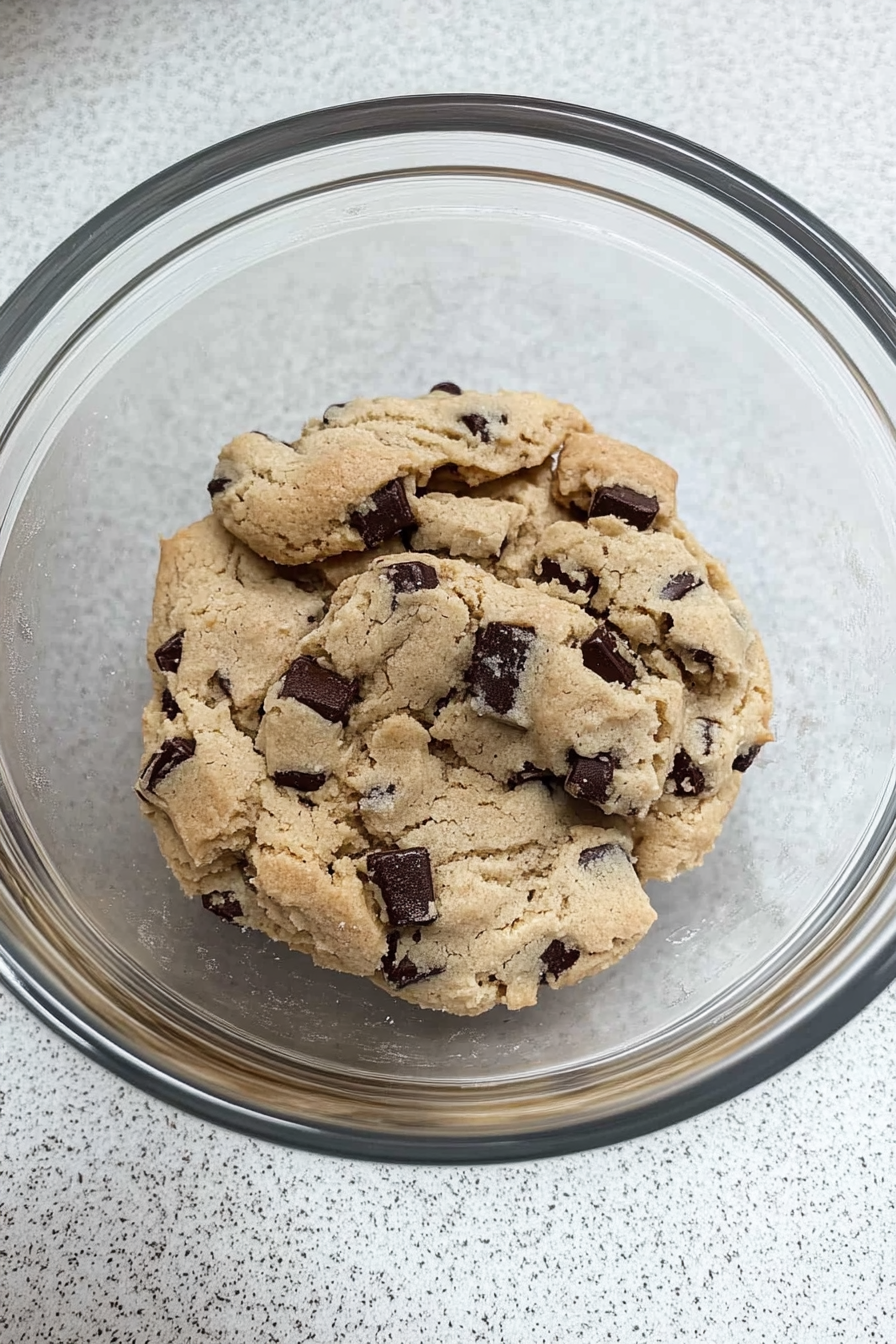
Ready to roll up your sleeves and create some mouthwatering croissant cookies? This section breaks down the process into easy-to-follow steps, ensuring you get those perfect flaky layers and buttery flavor every time.
Prepping the Dough
Step 1: Gather Your Ingredients
Before diving in, make sure you have all your ingredients measured and ready. Croissant cookies require precision, so a kitchen scale is a great tool to have on hand.
Step 2: Make the Dough Base
- In a large mixing bowl, combine 2 ¾ cups of all-purpose flour, 1 tablespoon of sugar, and 1 teaspoon of salt.
- Add ½ cup of cold unsalted butter (cut into small cubes) and use a pastry cutter or your fingertips to work it into the dry ingredients until it resembles coarse crumbs.
- In a separate bowl, dissolve 1 teaspoon of yeast in ¾ cup of lukewarm milk (or water). Let it sit for 5 minutes until it starts to foam.
- Gradually add the milk mixture to the dry ingredients and mix until the dough comes together. Be careful not to overwork it. Cover the dough with plastic wrap and chill for 1 hour.
Adding the Butter Layers (Lamination)
Step 3: Prepare the Butter Block
- Take 1 cup of cold unsalted butter and place it between two sheets of parchment paper.
- Roll it out into a flat rectangle, about 6 x 8 inches, and chill it in the refrigerator until firm but pliable.
Step 4: Roll and Fold the Dough
- Roll out your chilled dough into a rectangle twice the size of your butter block.
- Place the butter block in the center of the dough and fold the dough over it like a letter. Seal the edges to encase the butter.
- Roll the dough out again into a long rectangle, then fold it into thirds. This is your first “turn.” Chill the dough for 30 minutes.
- Repeat this rolling and folding process two more times, chilling the dough for 30 minutes between each turn.
Pro Tip: Keep your workspace and rolling pin lightly floured to prevent sticking, but avoid using too much flour—it can toughen the dough.
Shaping the Croissant Cookies
Step 5: Roll and Cut the Dough
- After the final chill, roll out the dough into a thin rectangle, about ¼-inch thick.
- Use a sharp knife or pizza cutter to cut the dough into triangles or strips, depending on your desired cookie shape.
Step 6: Add Fillings
- Place a small amount of your chosen filling (e.g., chocolate, almond paste, or jam) near the wider end of each triangle.
- Roll the dough up from the wide end to the narrow tip, shaping it like a mini croissant.
Optional Twist: For savory croissant cookies, sprinkle the dough with grated cheese or chopped herbs before rolling.
Baking the Cookies
Step 7: Glaze and Bake
- Preheat your oven to 375°F (190°C). Line a baking sheet with parchment paper.
- Arrange the cookies on the sheet, leaving about 1 inch of space between each one.
- Lightly beat one egg with 1 tablespoon of milk or water, then brush it over the cookies for a golden-brown finish.
- Bake for 15–20 minutes or until the cookies are puffed and golden.
Cooling and Final Touches
Step 8: Cool and Serve
- Transfer the cookies to a wire rack to cool slightly before serving.
- Dust them with powdered sugar, drizzle with chocolate, or leave them plain—it’s up to you!
Pro Tips and Flavor Variations

Pro Tips for Perfect Croissant Cookies
- Keep Everything Cold: One of the secrets to achieving flaky layers is temperature control. Cold butter and dough are essential for creating the distinct lamination that defines croissant cookies. If the butter softens too much during rolling, chill the dough before continuing.
- Roll Evenly: Consistent thickness ensures even baking. Use a ruler or rolling pin guides if necessary.
- Don’t Rush the Resting Time: Allowing the dough to rest between folds helps relax the gluten, making it easier to work with and ensuring tender cookies.
- Customize Your Fillings: Let your creativity shine by experimenting with different fillings. Sweet options like Nutella, fruit preserves, or cinnamon sugar are classic favorites, while savory variations can include cream cheese, garlic, and herbs.
Flavor Variations to Explore
Sweet Variations
- Classic Chocolate: A dollop of dark chocolate ganache inside each cookie takes the indulgence to the next level.
- Fruity Delight: Add a layer of raspberry or apricot jam for a tangy twist.
- Cinnamon Swirl: Sprinkle cinnamon sugar over the dough before rolling for a churro-inspired treat.
Savory Options
- Herb and Cheese: Combine cream cheese with fresh herbs like chives and rosemary for a sophisticated savory option.
- Spinach and Feta: A Mediterranean-inspired filling that’s perfect for brunch or an appetizer spread.
For more creative ideas, check out cinnamon-sugar French toast muffins for another delightful twist on baked goods.
Storing and Serving Croissant Cookies
How to Store
- Short-Term: Keep your croissant cookies fresh by storing them in an airtight container at room temperature for up to 2 days. Line the container with parchment paper to prevent sticking and absorb excess moisture.
- Long-Term: To freeze, place cooled cookies on a baking sheet in a single layer and freeze for 1–2 hours. Transfer to a freezer-safe bag or container, and they’ll keep for up to 2 months. Reheat in the oven at 300°F for a few minutes to restore crispness.
Serving Suggestions
- Pair with Beverages: Serve croissant cookies alongside coffee, tea, or hot chocolate for a comforting pairing. For a sophisticated twist, offer them with dessert wines like Moscato or a sparkling rosé.
- Create a Dessert Platter: Combine these cookies with other treats like matcha brownies or lemon blueberry bars for a dessert table that caters to all tastes.
- Gift Packaging: Wrap them in decorative boxes or cellophane bags tied with festive ribbons for a thoughtful, homemade gift.
FAQs About Croissant Cookies
What is a croissant cookie?
A croissant cookie is a hybrid dessert that combines the buttery, flaky layers of a croissant with the sweet or savory fillings of a cookie. They’re perfect for those who love the elegance of French pastries but in a more manageable, bite-sized form.
Where to find croissant cookies in NYC?
New York City is home to many innovative bakeries. Popular spots like Dominique Ansel and Levain Bakery are known for their creative takes on classic treats, including croissant cookies.
Are croissant cookies difficult to make?
While they require patience and attention to detail, croissant cookies are not overly complicated. With proper guidance and preparation, even beginner bakers can achieve delicious results.
While they require patience and attention to detail, croissant cookies are not overly complicated. With proper guidance and preparation, even beginner bakers can achieve delicious results.
For more baking inspiration, explore Philadelphia cheesecake bars, a rich and creamy alternative to traditional cookies.
Croissant cookies are more than just a dessert—they’re an experience. With their delicate layers, buttery richness, and endless flavor possibilities, these cookies are sure to become a favorite in your baking repertoire. Whether you’re preparing them for a special occasion or just indulging in a weekend baking project, croissant cookies deliver both in taste and presentation.
Pair them with complementary treats like strawberry shortcake trifle or enjoy them with a cozy cup of tea. No matter how you serve them, one thing’s for sure: croissant cookies are worth every bite.
So why wait? Gather your ingredients, roll up your sleeves, and start creating these buttery, flaky delights today!


